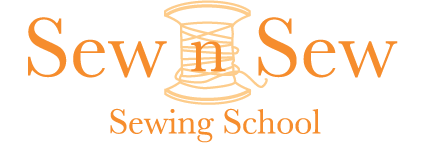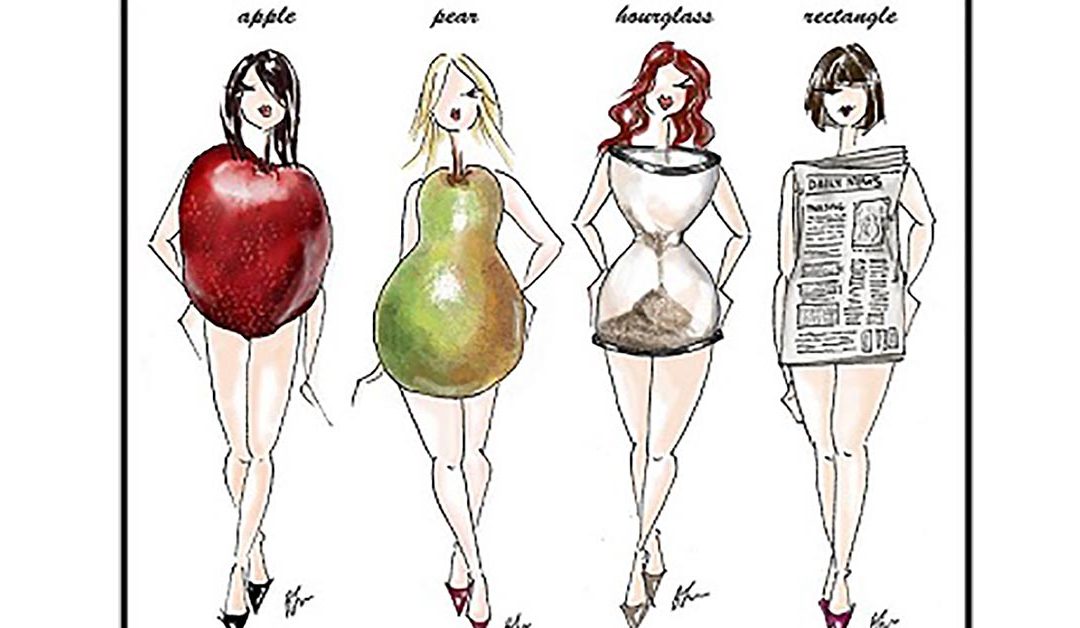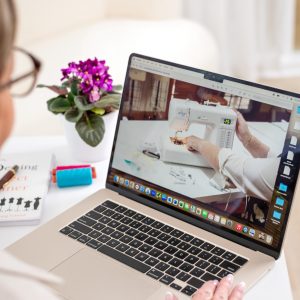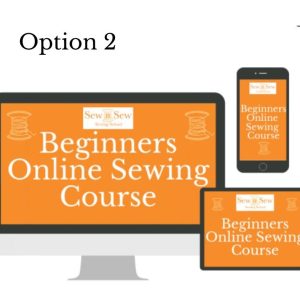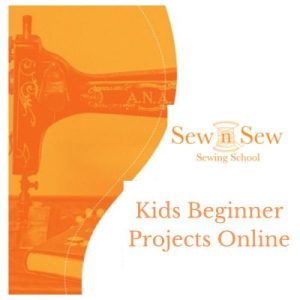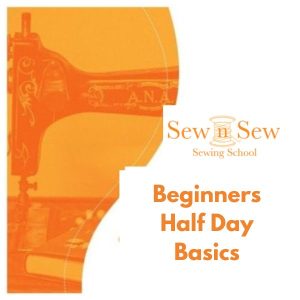How to measure yourself for sewing.
Learn how to measure yourself for sewing to ensure a perfect fit! Miss Petite sizing isn’t just about height; it’s about proportions. If you’re 5’4″ or shorter, these sizes feature a shorter torso compared to regular Misses’ sizes. Knowing how to measure yourself for sewing is crucial, as simply trimming excess length won’t cut it! And remember, being Petite isn’t limited to smaller sizes; larger-sized individuals can also be Petite based on their proportions. So, discover how to measure yourself for sewing to find the right fit, regardless of your size.
Pattern sizes are not the same as retail clothing sizes.
You know, it’s a real bummer when you put all that effort into sewing something up, only to find out it doesn’t fit right in the end. It’s like, all that time and energy just goes down the drain, right? That’s why nailing the sizing from the get-go is super crucial. Trust me, it saves a ton of frustration and keeps that sewing mojo alive and kicking. So, taking that extra bit of time to make sure you’ve got the sizing spot on? Totally worth it, my friend.
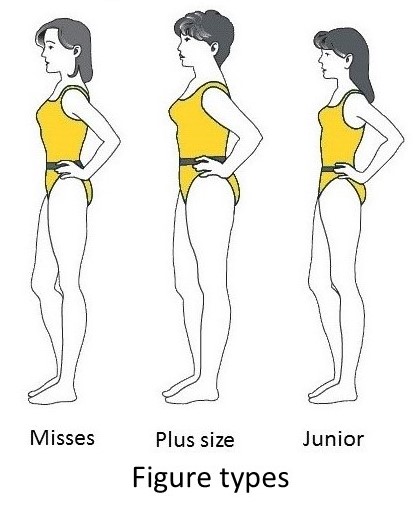
Misses.
Is for an adult female figure that is well-proportioned and developed in all body areas. Misses’ sizes are proportioned for 5’5” to 5’6” tall.
Misses- Petite.
You know, when we talk about Miss Petite, it’s not just about height; it’s about proportions. For those who are 5’4″ and under, Miss Petite sizes are tailored to fit with a shorter torso compared to regular Misses’ sizes. It’s an important distinction because it’s not just about trimming off extra length at the hem – it’s about ensuring the whole garment fits proportionately.
And here’s the thing, being Petite doesn’t only apply to smaller sizes. There are plenty of larger-sized women out there who still fall into the Petite category because of their shorter proportions. So, it’s all about finding what truly fits your body type, regardless of your size.
Women’s or Plus size.
This is for a larger, more fully-fashioned female figure. The sizes in these patterns have a W aster the size such as 18W – 20W – 22W – 24W – 26W – 28W – 30W – 32W
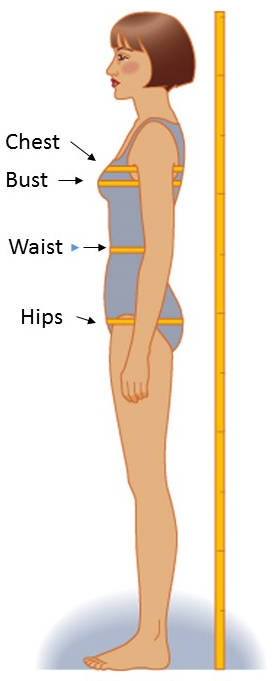 How to measure yourself for sewing
How to measure yourself for sewing
- High bust / Chest – which is above the fullest part of your bust and under your arms, as per the diagram.
- Bust – the measurement should be around the fullest part of the bust.
- Waist – It does not matter where you wear your skirt/pants you need to take the measurement at the waistline. If you are not sure exactly where your waistline is, bend to the side and that will give you your waistline.
- Hips – The hip measurement is not always at the hip bone, you need to take the measurement at the fullest part of that area which maybe the thigh area.
To determine your cup size you will need two measurements:
- BUST: Measure straight across the back over the fullest part of the bust.
- HIGH BUST: Measure across the back, high up under the arm and across
top of bust.
Deduct HIGH BUST measurement from BUST measurement for the difference. Using the DIFFERENCE measurement, find your cup size on the chart below.
- 1″ or 2.5cm = A cup
- 2″ or 5cm = B cup
- 3″ or 7.5cm = C cup
- 4″ or 10cm = D cup
- 5″ or 12.5cm = DD cup
- 6″ or 14cm = DDD cup
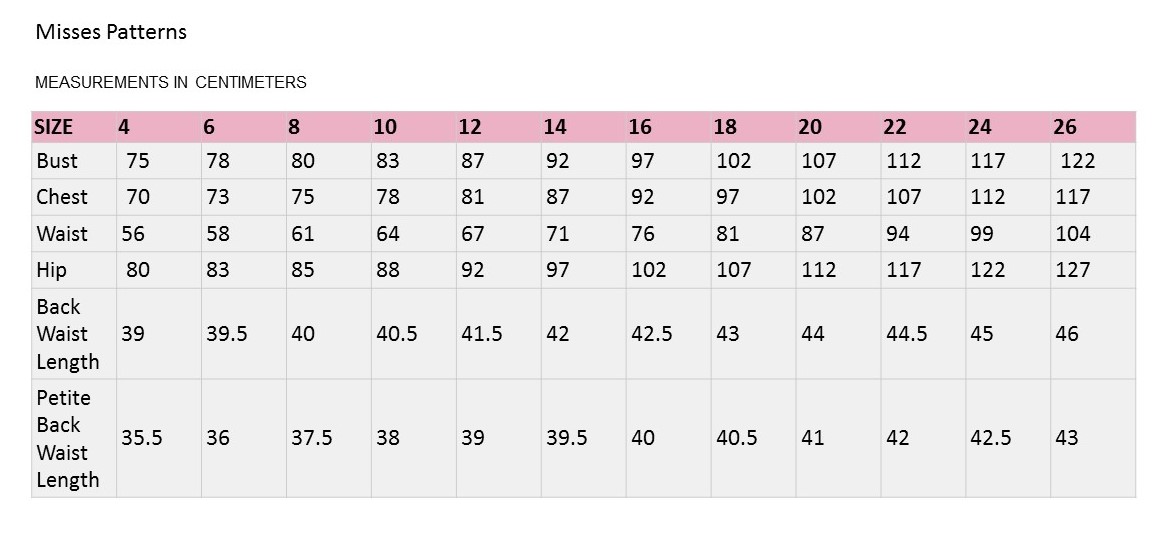
So if you are making anything that covers the bust such as a dress, shirt, top or jacket use your bust size and adjust the waist and hip. For anything waist down use your waist and adjust for the hips.
Plus size patterns usually include all cup sizes inside the pattern envelope, so you will choose your size to buy the pattern and then before cutting out the paper pieces you will look for your cup size on the paper pieces that you need for your design.
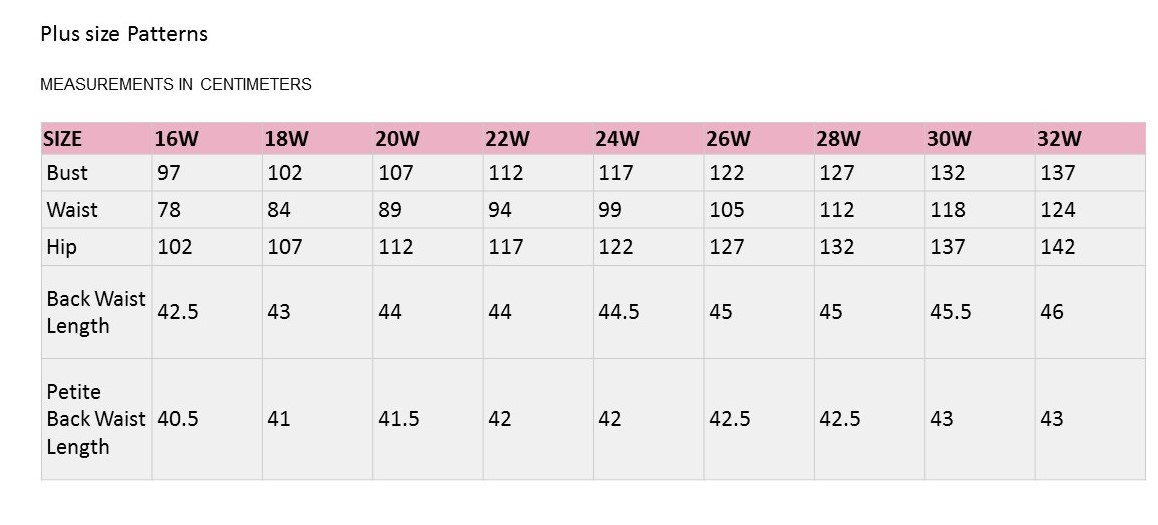
I hope that this has helped you understand how to measure yourself for sewing.
In the Beginners Online Sewing Lessons I go through this in great detail take a look click here
Comment below.
